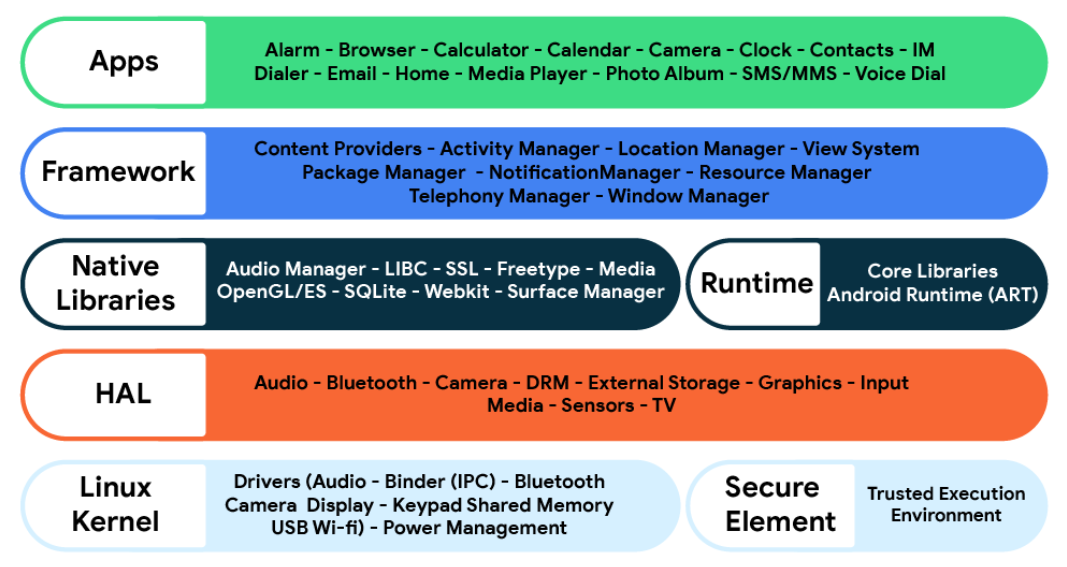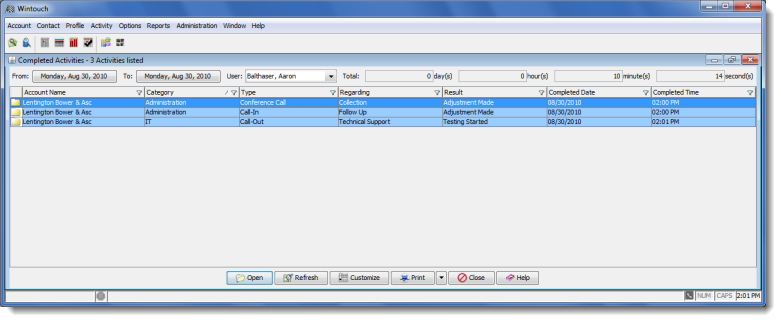

The timestamp is Clients last user activity timestamp (see.
#Activity windowmanager android#
Regards to Android documents: Allows an application to open windows using the type TYPE_SYSTEM_ALERT, shown on top of all other applications. This is Final version 1.3 of the Extended Window Manager Hints (EWMH) spec, updated May 13. Open AndroidManifest.xml file and add the below permission: In order to do that, you have to follow below steps: 1 - Add permission
#Activity windowmanager code#
Activity embedding requires no code refactoring. If your app consists of multiple activities, activity embedding enables you to provide an enhanced user experience on tablets, foldables, and ChromeOS devices. Instead, we’ll user service!Īs you know, activityand dialoghave their own Window instance which provides standard UI policies such as a background, title area, default key processing, etc.Įven the service has Window! So, the solution here is that we will use the service’s Window to draw our desired view (that can be overlay on other application!). Settings app with activities side by side. WindowManager in Android: : Activity has leaked, Programmer Sought, the best programmer technical. Among other things, it automatically performs window transitions and animations when opening or closing an app or rotating the screen. So, the very first question is: How can we do that? An activity with transparent background?Īctually, there’s no activityhere. The Android WindowManager is a system service, which is responsible for managing the z-ordered list of windows, which windows are visible, and how they are laid out on screen. The initial release targets foldable devices, but future versions will extend to more display types and window features.

It is very fast, extensible and licensed under the GNU GPLv2 license. The library provides a common API surface for API versions 14 and later. awesome is a highly configurable, next generation framework window manager for X. 1 My end goal is to use WindowManager and add views to it that will persist across my entire app (without using TYPESYSTEMOVERLAY that requires a special permission from the user in API >23). 2) As mentioned above, theDialog which was created with that Activity Context is never dismissed and the Activity.

#Activity windowmanager how to#
NOTE: We’re building off the code found in Android – Creating an Alarm with AlarmManager.Īdd this to your AlarmReceiverActivity: private PowerManager.In this post, I’ll show you how to create a floating view like Facebook chatheads - the view that was drawn on top of other applications. The Jetpack WindowManager library enables application developers to support new device form factors and multi-window environments. 1) If you have an AsyncTask and you show the Dialog, then something happens which makes the Activity call onPause() (maybe some logic in your AsyncTask itself, like a listener, then it will leak. Activity.ScreenCaptureCallback AlarmManager.OnAlarmListener Application.ActivityLifecycleCallbacks Application.OnProvideAssistDataListener AppOpsManager.OnOpActiveChangedListener AppOpsManager.OnOpChangedListener DatePickerDialog.OnDateSetListener FragmentBreadCrumbs.OnBreadCrumbClickListener FragmentManager. To do that, add this XML snippet into your AndroidManifest.xml. In order to wake up the device, you need to request the WAKE_LOCK permission. For a Flutter application, there is typically only one activity extends from. Building off our AlarmManager, we want the ability to have the alarm appear, even if the device is locked. One possible fix is adding the WindowManager library as a dependency.


 0 kommentar(er)
0 kommentar(er)
